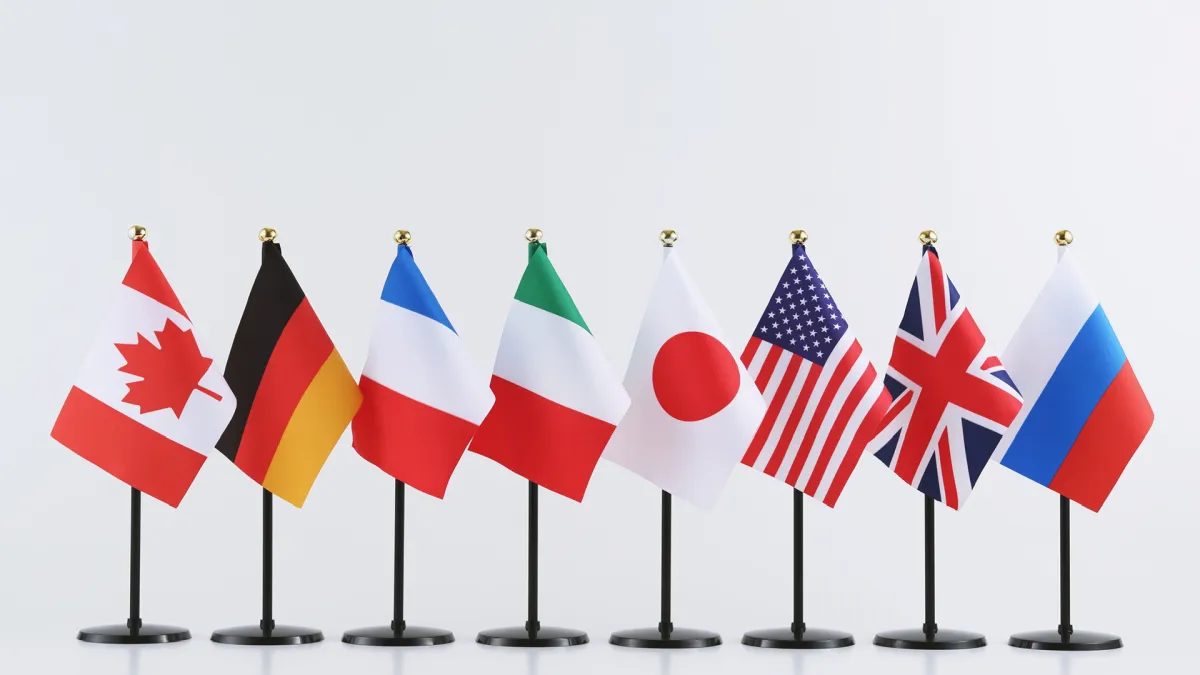
International Trademarks: Protecting Your Brand Around the World
In today’s global economy, your brand can reach customers across the world, whether you’re selling products online or expanding your business into new markets. Protecting your trademark internationally is an important step to make sure your brand is safe wherever you operate. But how does the process work? Here’s a simple guide to help you understand international trademarks.
What is an International Trademark?
There’s no such thing as a single global trademark that protects your brand everywhere. Instead, there’s a system that makes it easier to apply for protection in multiple countries. The Madrid Protocol, managed by the World Intellectual Property Organization (WIPO), allows you to file one application and choose which countries you want your trademark to cover.
This system saves you the hassle of filing separate applications in each country, making the process faster, easier, and more affordable.
Why Apply for an International Trademark?
There are some big benefits to protecting your trademark in multiple countries:
1. Simplified Process: You submit one application in your language and select the countries where you want protection.
2. Lower Costs: Filing one international application is often cheaper than filing in each country individually.
3. Easier Management: Any updates, renewals, or changes to your trademark can be done through a single system.
How Does the Madrid Protocol Work?
Here’s how the process typically goes:
1. Start at Home: You need a trademark application or registration in your home country to begin.
2. File an International Application: Through your home country’s trademark office, you file an application and select the countries where you want your trademark protected.
3. Country Reviews: Each country you choose will review your application based on their local laws. Some might approve your trademark quickly, while others might ask for more information or raise objections.
4. Trademark Granted: Once approved by a country, your trademark is protected there.
Things to Keep in Mind
While the Madrid Protocol makes things easier, it’s not perfect. Here are a few things to consider:
Not Every Country is Included: Some countries, like Canada until recently, weren’t part of the system. If you need protection in a non-member country, you’ll have to apply directly through their trademark office.
Local Rules Apply: Each country has its own trademark laws, so what works in one country might not work in another.
Objections May Happen: Some countries might raise issues with your trademark, and you’ll need to address these to move forward.
Alternatives to the Madrid Protocol
For countries that aren’t part of the Madrid Protocol, you’ll need to apply directly with their trademark offices. While this can be more expensive and time-consuming, it’s necessary if you want protection in those specific places.
Final Thoughts
Protecting your trademark internationally is a smart move if you’re expanding your business or reaching global customers. The Madrid Protocol makes it easier to secure protection in multiple countries, but it’s not the only option. If you’re unsure where to start or how to handle the process, a trademark attorney with experience in international filings can guide you. Taking the time to protect your brand now can save you trouble later and ensure your business grows safely and securely.
